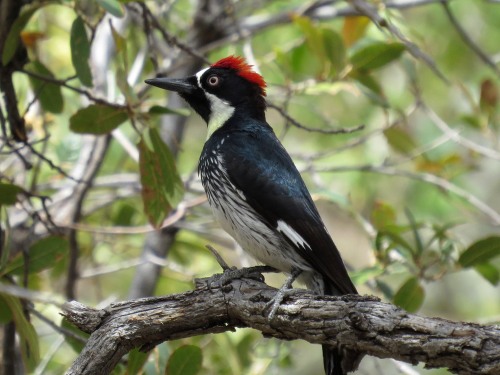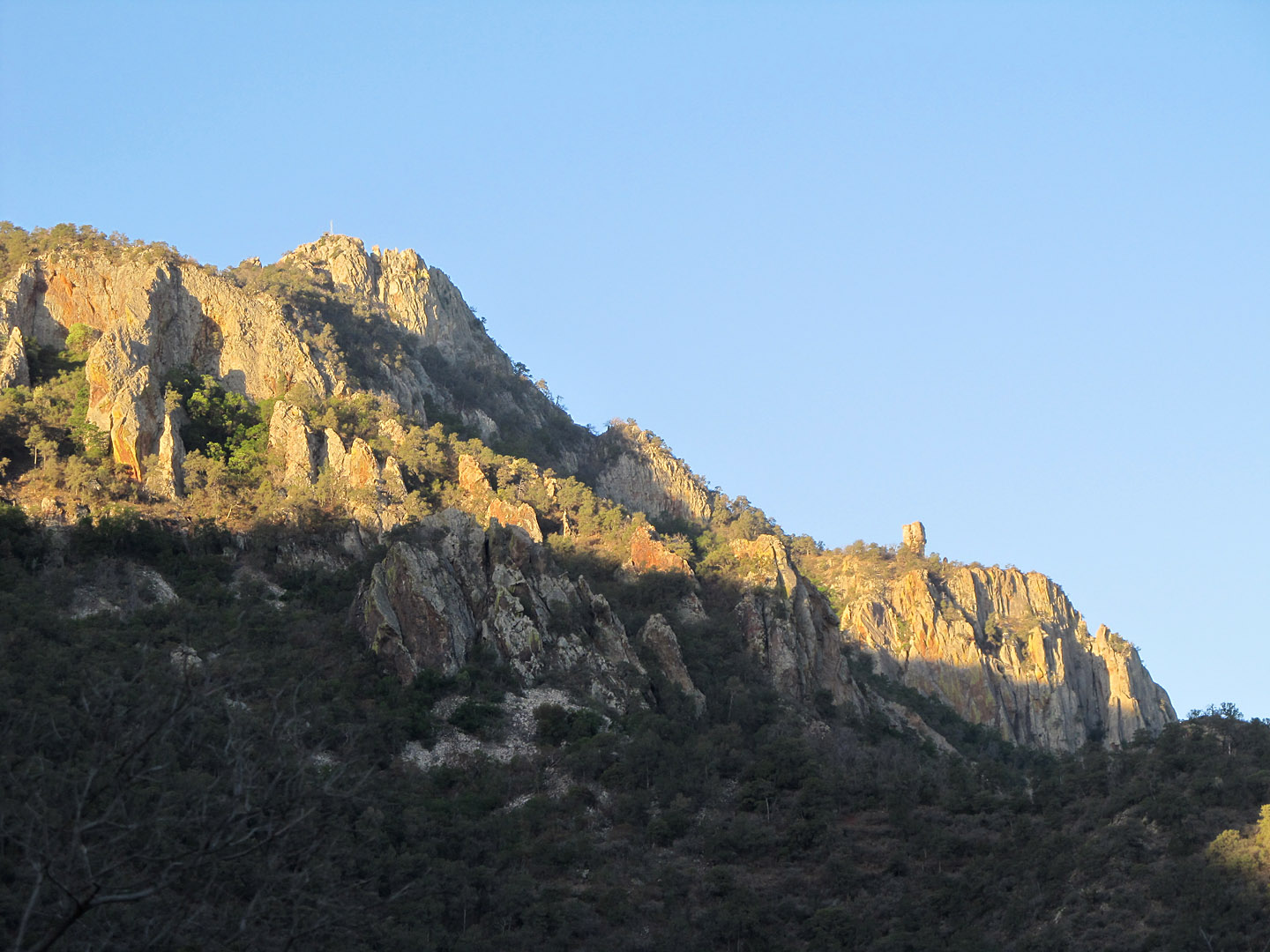On our last morning in Kakadu we arose well before dawn and drove to Yellow Water (also known as Ngurrungurrudjba) for their famous boat tour that traverses the wetlands surrounding the South Alligator River. The boat trip did not disappoint; we were treated to spectacular scenery, some great wildlife sightings, and the endlessly amusing narration of our tour leader, Dennis.

The tour lasted two hours, and we saw everything from the iconic “jabiru” (officially named Black-necked Stork) to a shy and uncommon Great-billed Heron to a “bonus” Buff-sided Robin (a lifer that had eluded us at several previous stops).

At the conclusion of the boat tour we headed south along Highway 21, leaving the great Kakadu National Park behind and entering the arid wilderness of the Northern Territory outback. Stopping to bird periodically along the main road, we rolled into the tiny outback town of Pine Creek about lunchtime. Before we settled into the only cafe in town, we checked out aptly named Pine Creek Water Gardens. There we had cracking looks at Hooded Parrot, an uncommon endemic of the NT’s dry interior. Pine Creek is the best place in the world to see this beautiful bird, and Neil snapped away on his camera trying to get the perfect shot.

We checked into the Pine Creek Hotel, a modest but fully adequate local establishment, and dumped most of our gear. Then we headed out for an afternoon of birding. First stop was the glamorous Pine Creek Wastewater Treatment Plant where we checked out some local ducks and shorebirds. Then we drove southward on the Stuart Highway, further into the wilderness. We had heard that there was a small pool of water about an hour south, near Edith Falls, and that occasionally finches came down to drink at the edge of the water very early in the morning and late in the afternoon.
It took a bit of sleuthing to find exactly the right place, but eventually we discovered a tiny pool in the middle of a dusty ravine. We set up our scopes and waited under the merciless outback sun. There was no shade by the pool, and soon my hat was soaked with sweat and my mouth was completely dry. After half an hour passed, I heard a little “pop,” and looked over to see Neil holding a pocket-sized polka-dotted rain umbrella over his head. Its thin, light-colored fabric actually blocked very few of the sun’s powerful rays. But after a few minutes, I wandered over and asked him if I could join him under the tiny umbrella. We took the world’s most ridiculous selfie, and laughed and laughed at how funny we looked.

When calm was restored, we focused back on the pool of water. A flock of birds twittered through the dry brush, and then fluttered down to its damp edges. It was a group of Masked Finches. Over the next half hour, we also added Double-barred and Long-tailed Finches. Finally, a bright flash of color swept by, and a group of eight Gouldian finches flew in. The Gouldian Finch is a special bird. It is spectacularly colored, and threatened by habitat loss, climate change, and previous trapping efforts (for the pet trade). Nowhere common, your best bet to track one down is at a little pool in the outback, not unlike this one. This group was shy, but eventually we got terrific looks at both the black-headed and red-headed males in the flock. We didn’t get any photos, but here’s the illustration from my electronic field guide:

Ecstatic from our success and delirious from the heat, we decided to head even further south for one last stop: the wastewater treatment plant outside the tiny outback town of Katherine. There we picked up a new bird for our trip, Red-kneed Dotterel, an elegant Australian near-endemic shorebird. We drove back to Pine Creek with the air conditioner blasting, content with another fabulous day of birding in the Northern Territory.
To celebrate our last night in the outback, we had dinner and a couple of beers at the pub. Then when it was fully dark, we drove a few miles out of town and parked by the side of the road. The clear, moonless night made for the most spectacular star-gazing experience I have ever had. The milky way stretched completely across the sky, bathing the desert landscape in pale starlight. We easily found the Southern Cross, the constellation that adorns the Australian national flag. The Small and Large Magellanic Clouds, irregularly shaped dwarf galaxies that are never visible to observers in the global north, hung over the horizon. Jupiter was high in the sky, and through our spotting scopes we could see all four Galilean moons (Io, Europa, Callisto, and Ganymede) lined up like a tiny string of pearls. We even saw a few meteors streak the night sky before we packed up and headed back to the Pine Creek Hotel.
The next day we birded our way back to Darwin, stopping again at Edith Falls, the Lazy Lizard Campground, and a few other places along the way. We stayed a final night in Darwin, and then carefully re-packed all of our things for the long trip back to the United States. On Sunday morning, we got up early for one last round of birding in Darwin. We hit the East Point Reserve before dawn to watch the Large-tailed Nightjars return to their roosts and hear the Rainbow Pittas awaken for their busy day in the monsoon forest. We walked down to the beach to watch the sun rise, and then picked up one final species for the trip, a lost Gray-fronted Honeyeater in the trees at the far end of East Point.

After a final hearty breakfast at our favorite Darwin cafe, we had our picture taken by a friendly local couple and then headed to the airport for our flights home.

Neil departed for Boston via Sydney, and I hopped a flight to Melbourne. It was on my long flight back to the United States where I was able to engage in a nifty bit of time travel.

Leaving at 8:55pm on July 28, I arrived back in San Francisco at 6:15pm on the same day. Travelling east across the international date line had generously added a day to my life (to replace the one I lost on my initial trip west several weeks before). Thus I was able to see sunrise on the beach in Darwin and sunset as my plane landed in Seattle on the same calendar day, some 32 hours later.
Writing this blog entry has been another form of time travel. These events unfolded back in 2019, but it’s 2022 as I write these words. I guess I got a little busy with a few other things in the intervening months. But there was a sense of urgency to get this chapter of the Big Year Birders closed, for another one beckons this summer (assuming pandemics or other crises don’t intervene in the meantime).

Post Script: Here’s the trip summary that Neil sent me after we got home:




































































